This August, we introduce release 3.21.0. Let's examine its major updates:
- New Drawing mode, tweakable mesh decimation, and configurations support of the SOLIDWORKS models in Lab;
- Integration of CAD Exchanger SDK with devDept Eyeshot;
- Import of graphical PMI from CATIA;
- End of support for Windows 32-bit configurations from release 3.22.0.
Lab enhancements
Drawing mode
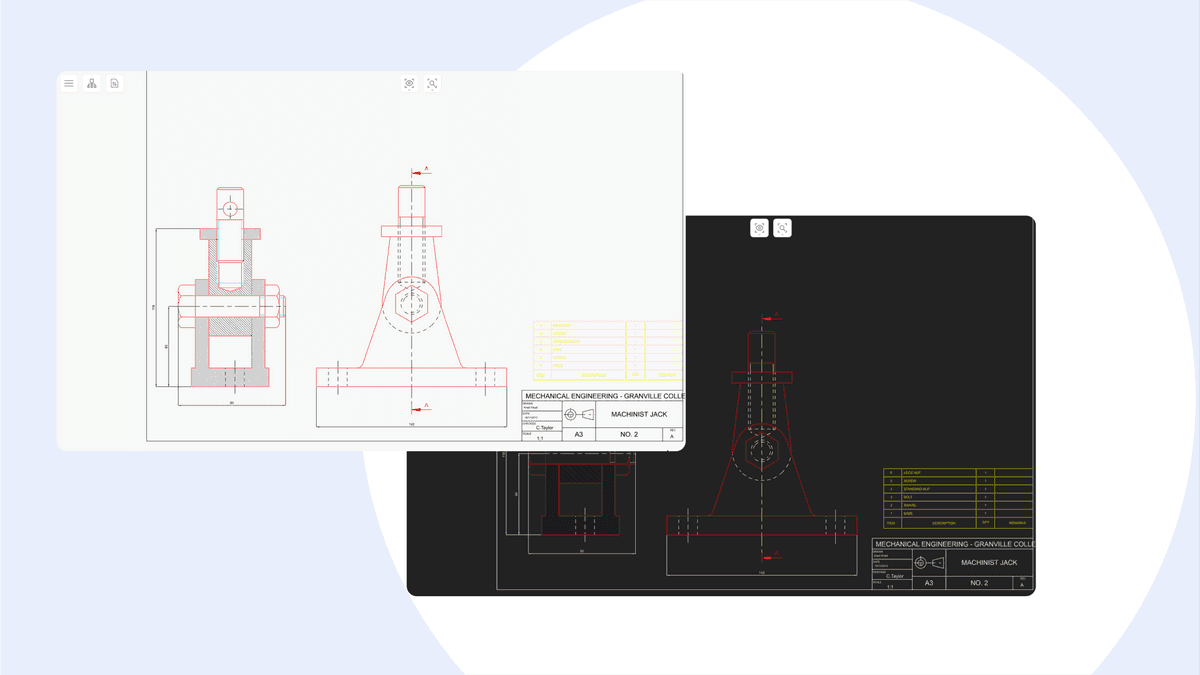
The new Drawing mode in CAD Exchanger Lab is a tool designed for viewing drawings in DWG file format. It is enabled by default, and users can also switch between the dark mode and the original light mode. The higher contrast in dark mode makes it easier to distinguish fine details and maintain concentration.
This mode allows users to view the product structure consisting of sheets with different views. Each view contains a bunch of elements divided into groups, such as geometry, dimensions, hatches, and text. Speaking of such properties as opacity and color, they currently are read-only. If the model contains both 2D and 3D data, users can easily change a view in one click.
Mesh decimation
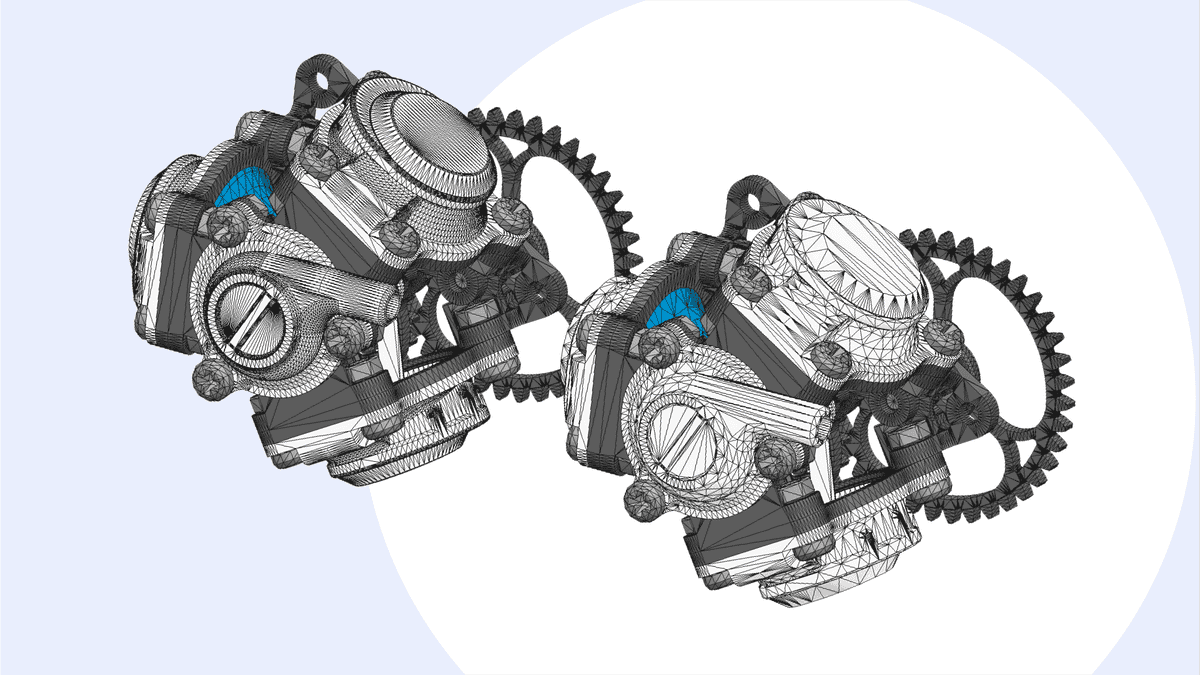
The mesh decimation is a feature that allows users to optimize the complexity of a 3D mesh model by reducing its polygon count while retaining the overall visual appearance. CAD Exchanger Lab provides the ability to fine-tune the decimation process to achieve the desired level of simplification.
Users can use either preset settings or control the target triangle count, which determines the level of simplification. The newly generated simplified mesh will either overwrite the existing one or create a new mesh representation in the Representations tab. The last option allows users to choose between original and simplified representations and compare one to another.
This feature is particularly useful when working with large and complex mesh models, as it helps to improve performance and reduce file size. By optimizing the mesh complexity, in turn, users can achieve faster load times, smoother rendering, and achieve optimal trade-offs between loading speed and detailing.
Configurations support of SOLIDWORKS models
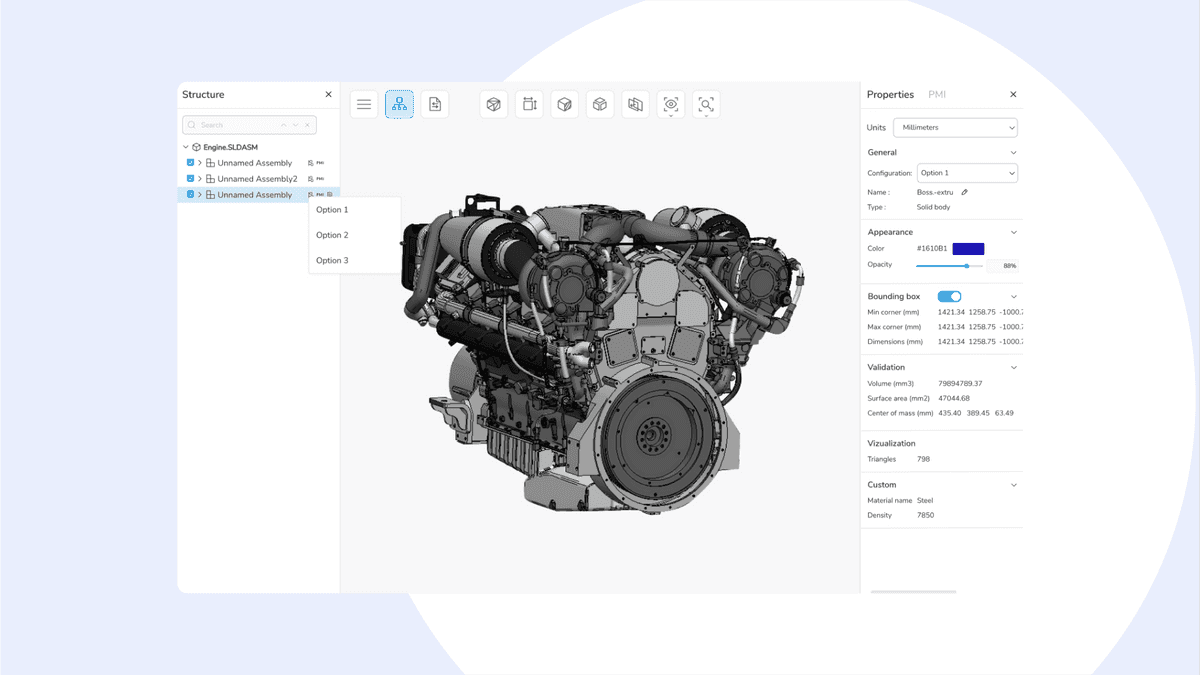
Configurations allow users to create multiple versions of a part or an assembly within a single file, each with its own set of properties, dimensions, and appearance. From release 3.21.0, you can work with different variations of SOLIDWORKS models within CAD Exchanger Lab.
This flexibility enables you to efficiently manage and evaluate design alternatives without cluttering your workspace with multiple files.
Enhanced integration of CAD Exchanger SDK with Eyeshot
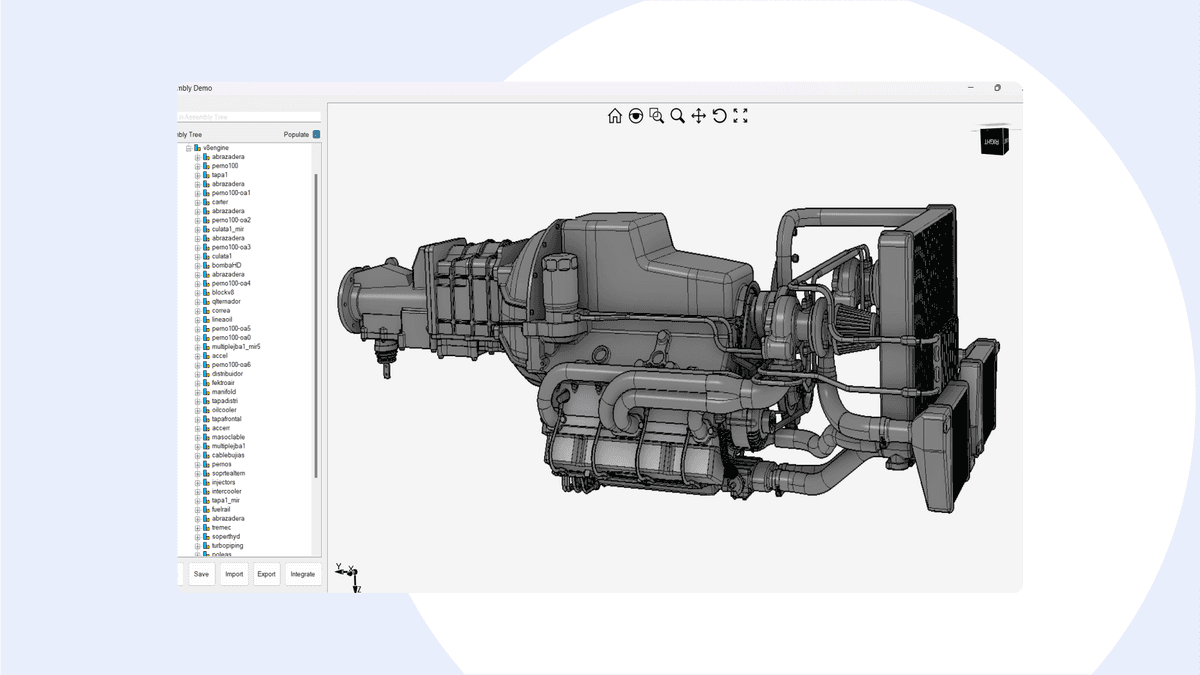
Eyeshot is a .NET software component for the engineering industry that allows users to visualize various entities ranging from B-rep to polygonal geometry.
The key feature enabled by the integration with CAD Exchanger SDK is the import of many CAD formats with a wide range of CAD/CAM data support. It means that users of Eyeshot can now easily import CAD files from various sources and work with them, regardless of their format.
By integrating CAD Exchanger SDK software, developers can reuse original CAD data preserving every bit of information, including the hierarchy of parts and assemblies, colors, meshes, B-reps, materials, and textures.
In addition to the traditional properties CAD Exchanger SDK also provides access to PMI and meta data. This allows users to attach custom information to their models, making it easier to organize and manage projects.
Import of graphical PMI from CATIA and actualized documentation
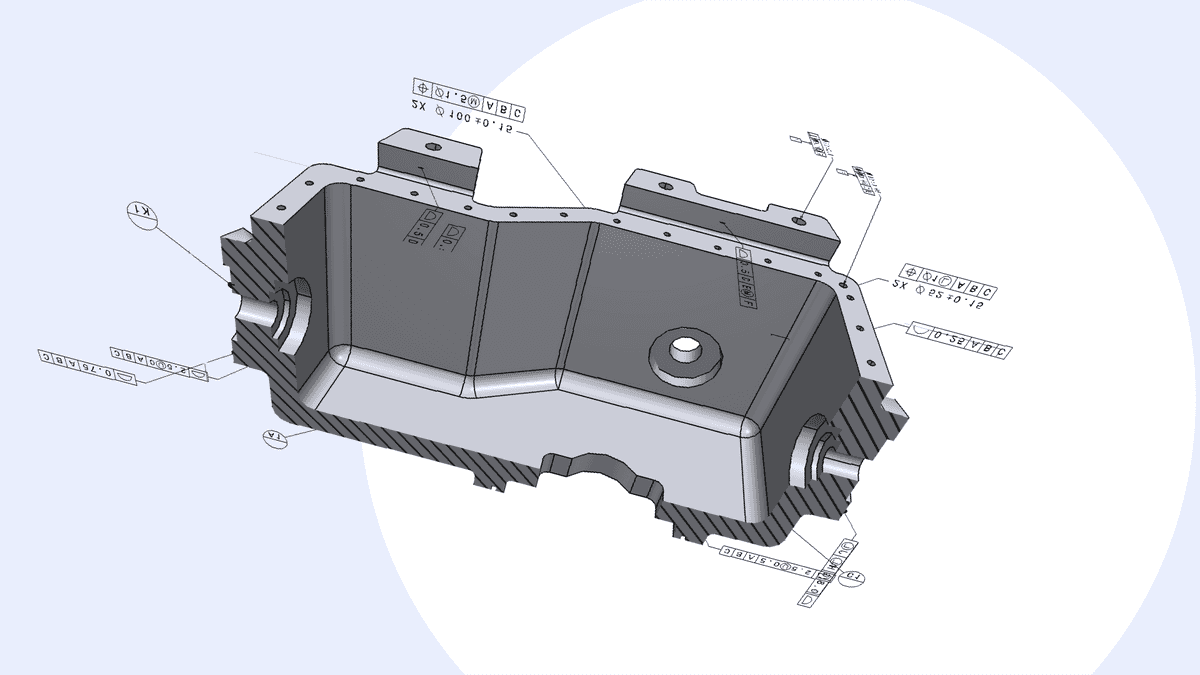
Now it is possible to import graphical PMI from CATIA. With this new capability, users can import CATIA files and retain all the graphical PMI information associated with the model, including dimensions, tolerances, annotations, and other critical manufacturing data that is essential for accurate production. This not only saves time but also eliminates the need for manual re-creation of PMI data, reducing the risk of errors and inconsistencies.
We have also actualized the list of formats with PMI support. Since CAD Exchanger supports a wide range of formats, including STEP, JT, CATIA V5, NX, and Creo, among others, with full PMI support, now this is reflected in the documentation.
Drawing displaying in Visualization Toolkit
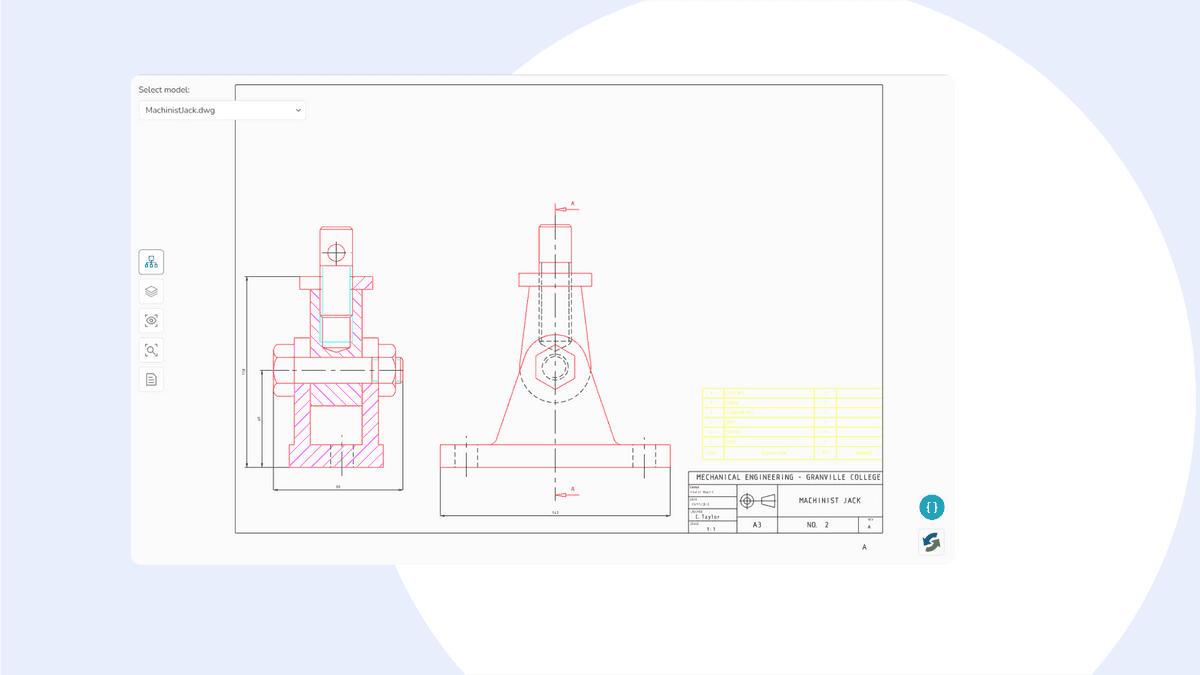
With the addition of the Drawing viewer mode in CAD Exchanger Lab, we extended CAD Exchanger SDK to provide software developers to build their own drawing viewers. Currently, we support DWG and DXF 2D file formats.
The Drawing mode is a part of the Visualization Toolkit. The current scope allows users to load models, switch between sheets, and ensure the visibility of intricate details while reviewing drawings. More details on the new mode are available in the documentation.
End of support for Windows 32-bit configurations
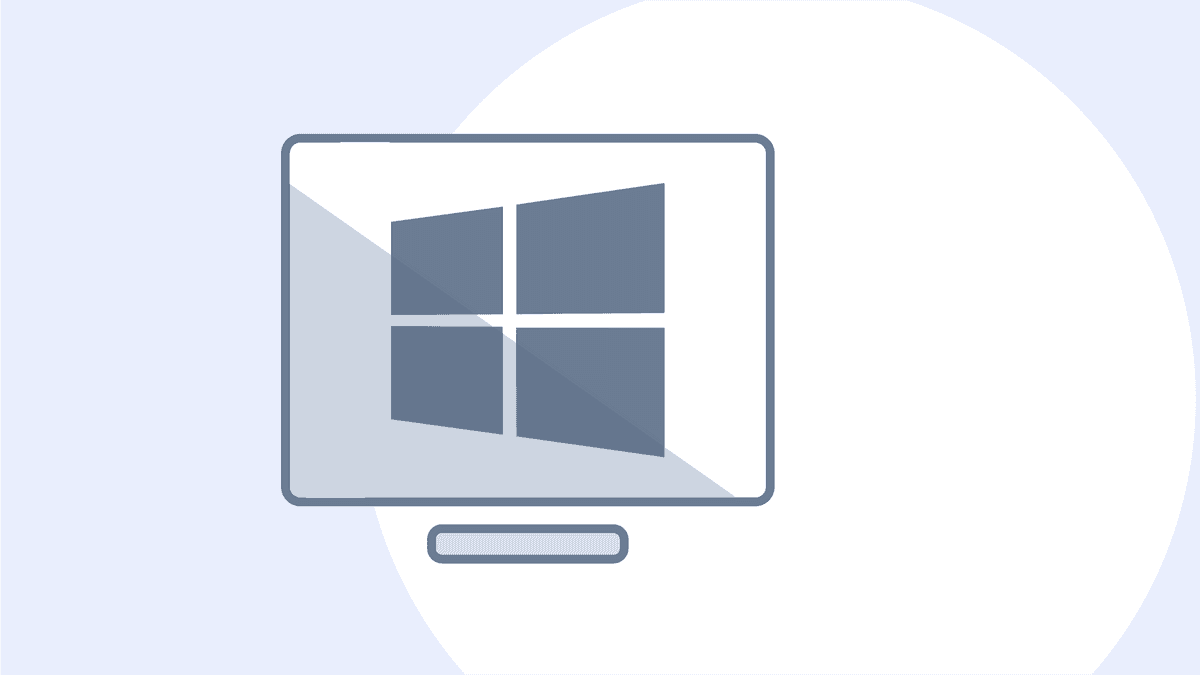
Starting from the next release, we stop providing support for Windows 32-bit configurations, effectively deprecating legacy architecture. We will still be able to provide its support on demand. Alternatively, software developers may use our older versions of the CAD Exchanger SDK.
To continue using CAD Exchanger SDK with all the benefits from the latest features and support, we recommend using a 64-bit version of Windows.
Format improvements
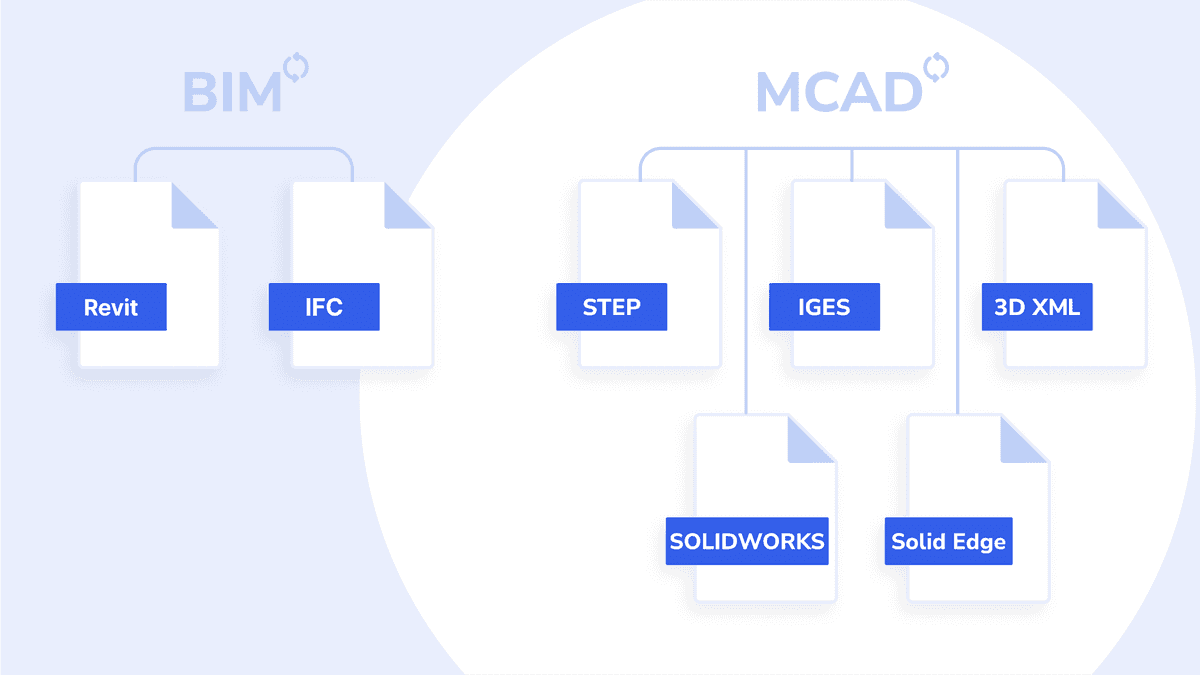
As usual, we are paying close attention to improving our formats and supporting their new versions.
BIM file formats updates
- Revit: support of Revit 2018 and 2019;
- IFC: fixed incorrect import of certain IFC*TYPE entities, import of faces without explicitly specified outer bound, and a crash during import of empty solids or shells.
MCAD file formats updates
- SOLIDWORKS: support of the 2023 version;
- Solid Edge: support of 2022 and 2023 versions;
- STEP: fixed incorrect conversion of shared appearance during import;
- 3D XML: fixed a crash during import on models with shared mesh sub-shapes and import of mesh sub-shapes with transformations;
- IGES: fixed a crash during the import of the degenerated plane and a crash during the import of a composite curve with null sub-curves.
There are some other minor updates in Web Toolkit, CAD Exchanger Lab, and SDK. To get the full list of the 3.21.0 updates, read the CHANGES.txt file.